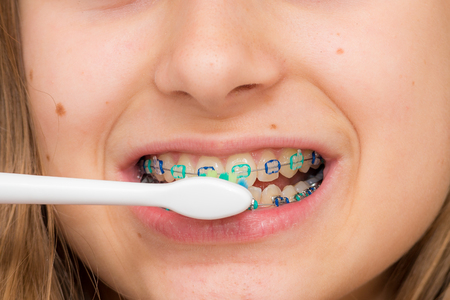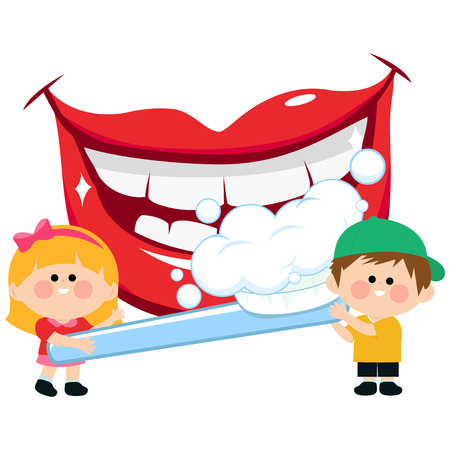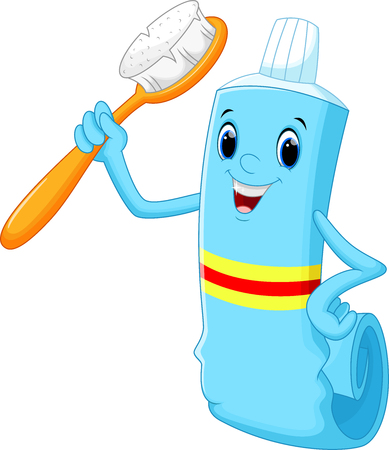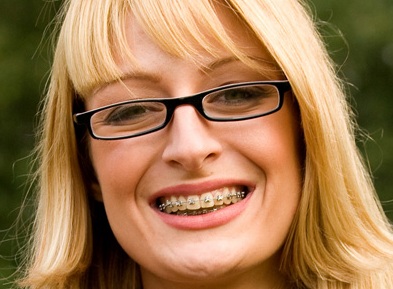With developments in orthodontics in recent years, more and more adults are seeking treatment for oral difficulties they’ve been experiencing since childhood. There are significant differences between adult orthodontics and that of children and teens, however, it’s worth knowing what they are before making a decision to pursue treatment. Here are the key differences between orthodontics for adults and for younger patients:
Age-Related Considerations
Adult patients often have conditions younger patients don’t often suffer from, such as insufficient bone between the roots for adequate blood supply, mild gingivitis infections and marginal bone loss. The bones are also harder and no longer growing, per the Journal of Oral Health and Community Dentistry, and the aging of tissue often causes them to take longer to adjust to your teeth’s new positions. These are known as biomechanical limitations, which can make tooth realignment a more involved process in adults than in younger patients.
Bite Correction Concerns
One of the primary reasons patients require orthodontic treatment is to correct a malocclusion, or improper bite. In an adult patient with a deep overbite, according toKokich Orthodontics, there is often not enough room in the mouth to create space for the teeth to move back without extracting one or more teeth. By adulthood, a patient might also have worn some of his teeth down, which can make the overbite worse. Orthodontists refer to these problems as perio-restorative issues, and typically focus on making the adult patient’s bite functional rather than perfect.
Tooth Extraction Issues
Many adults have had one or more teeth extracted in the past, and this can present a problem for the orthodontist. Old extraction sites may not be suitable locations for teeth to move into, unless these are restored by adding sections of prosthetic bone to the area. Closing gaps between the teeth caused by extractions – and keeping them closed – is also difficult, because adult bone doesn’t respond to pressure in the same way as growing bone.
Appliance Placement
Many orthodontic appliances are bonded to your teeth using dental cement, particularly for less visible options such as lingual braces. This makes it vital for the patient to maintain strict oral hygiene during the process, using products such asColgate® Phos-Flur® to help prevent decalcification.
Vulnerabilities
Patients undergoing adult orthodontics treatment have a higher risk for root resorption than children. This occurs when your body reabsorbs the root of a tooth, leaving the tooth without anchorage. Factors that play a role in this include family history, oral habits and the type of roots you have, according to Dr. Barry McArdle.
If you are susceptible to root resorption and the treatment causes friction that affects your roots, the teeth may simply become loose and fall out over time. By monitoring your teeth closely, the orthodontist can watch for signs of resorption. But if it isn’t caught early, it’s generally untreatable.
Adult patients also have a greater risk for temporomandibular disorder (TMD), and symptoms can develop during conventional orthodontic treatment, explains Dr. Duane Keller. It’s important for the orthodontist to carefully assess your risk for TMD before recommending personal treatment.
Psychosocial Factors
There are a number of psychological and social factors that affect adults interested in treatment. These include higher levels of:
- Treatment expectations
- Concern with appearance
- Discomfort from wearing appliances
- Willingness to cooperate with orthodontic instructions
Adult patients obviously want the best results, in the shortest amount of time and with the lowest level of discomfort or inconvenience. They also want to know more about what the orthodontist is doing and why, and may look for more information about the cost breakdown of each portion of treatment.
With adults now comprising up to 50 percent of patients, some practices are focusing their attention on the specifics of adult orthodontics. If you’re considering some corrective treatment, consider the issues that can affect you.

How to Avoid Staining Your Teeth While Wearing Braces
One of the biggest issues with wearing braces, is how to avoid staining your teeth. Here is a list of some things to prevent getting stained teeth while wearing braces. You want to try and eliminate foods and drinks that are high in sugar and starch as well as acids....

When Should Your Child Start Seeing an Orthodontist?
Good dental health for children starts by making sure that they visit the Orthodontist at the right age. According to the American Association of Orthodontists, your child should visit the Orthodontist by age 7. Visiting the Orthodontist at this age is the best...

How to Choose the Right Toothpaste for Children
Having clean teeth is part of maintaining good oral health. In order to make sure that your children have healthy teeth, parents needs to make sure that they brush their teeth and rinse their mouth properly. When it comes to brushing, parents should make sure that...

